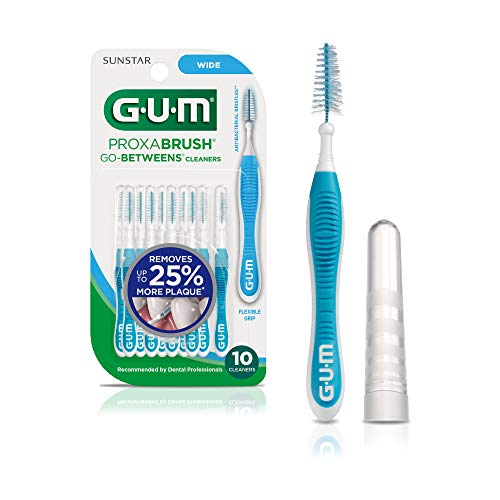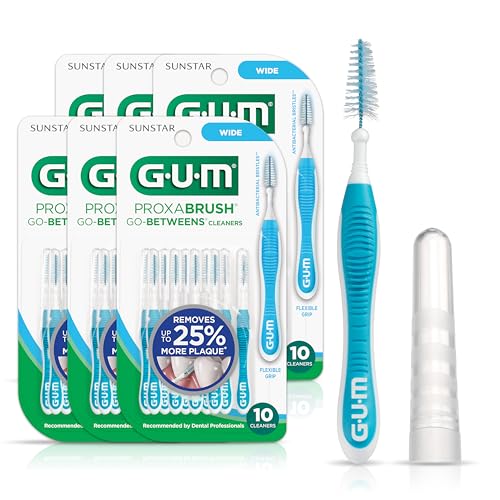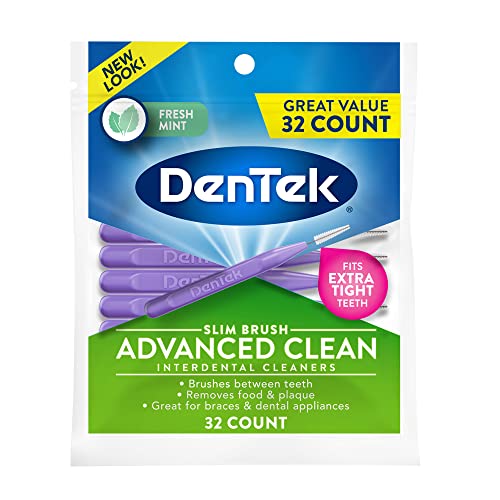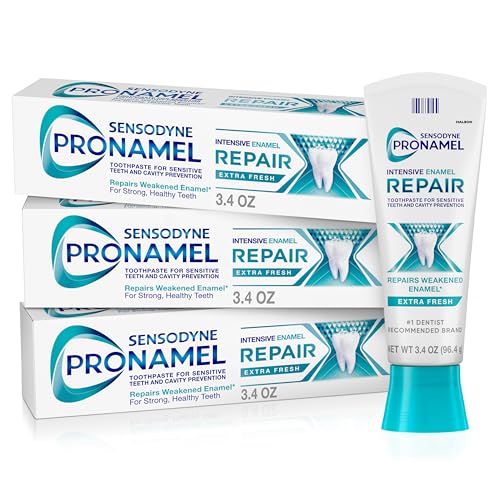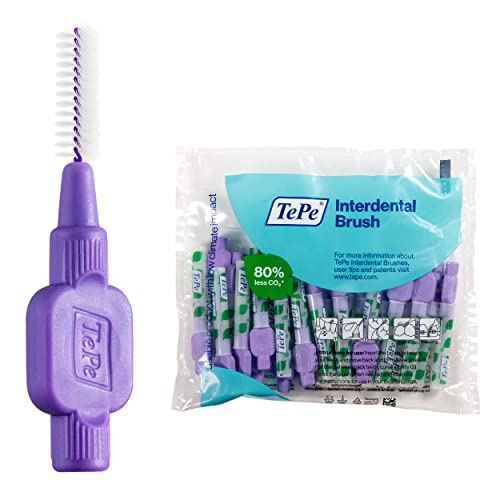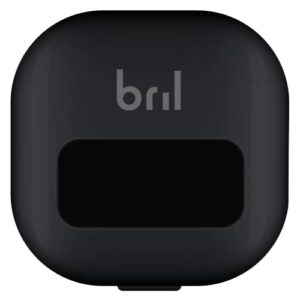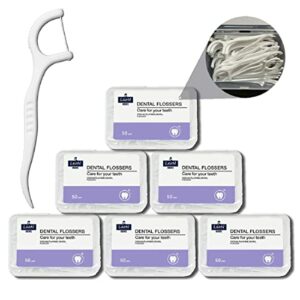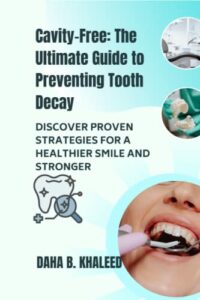In our step-by-step guide, “How to Maintain Good Dental Health with Interdental Brushes,” we aim to help you understand the importance of interdental brushes and how to effectively use them. These small brushes are specifically designed to clean the spaces between your teeth, where regular brushing may not reach. By following our guide, you’ll learn the proper techniques to maintain excellent dental health and prevent potential oral issues.
Efficient Tools for Dental Hygiene
Choosing the Right Interdental Brush
When selecting an interdental brush, it is crucial to consider the size and shape that best suits your teeth and gum gaps. This is important because using the wrong size or shape can be ineffective and potentially cause harm. Here are a few reasons why selecting the right size and shape is important:
- Effective cleaning: Choosing the correct size ensures that the bristles can reach the sides of the teeth and remove plaque and food particles. For example, if you have larger gaps, a brush with larger bristles will be more effective at cleaning those areas.
- Comfort: Using an interdental brush that fits properly reduces discomfort during use. If the brush is too big, it may cause pain or bleeding, while a brush that is too small may not effectively clean the gaps.
- Gum health: The right size and shape of the brush also help maintain the health of your gums. If the brush is too large and causes irritation, it could lead to gum inflammation or damage.
To select the right interdental brush size and shape:
- Start by assessing the gap sizes between your teeth. Use a dental mirror if necessary.
- Choose a brush with bristles that are large enough to fill the gap without being too tight or causing discomfort.
- If you have different gap sizes, consider using brushes of different sizes to ensure that each gap is adequately cleaned.
- It’s important to consult your dentist or dental hygienist for guidance on selecting the appropriate brush size and shape for your specific needs.
Remember, selecting the right interdental brush size and shape will help ensure effective cleaning, comfort, and maintain the health of your gums.
Proper Brushing Technique
To properly hold and use an interdental brush, follow these steps:
- Hold the brush correctly: Hold the brush between your thumb and index finger, making sure to grip it firmly but not too tightly.
- Position the brush: Position the brush at a 45-degree angle to the gum line, with the bristles facing towards the teeth.
- Gently slide the brush: Gently slide the brush back and forth between the teeth, making sure to clean both sides of each gap.
- Apply gentle pressure: Apply gentle pressure as you move the brush in and out of the gaps, ensuring it is effective in removing plaque and food particles.
For example, start by holding the brush correctly with a firm grip. Then, position the brush at an angle towards the gum line. Next, gently slide the brush between the teeth, cleaning both sides of each gap. Finally, apply gentle pressure as you move the brush in and out of the gaps to ensure thorough cleaning.
Cleaning the Interdental Brush
To clean the interdental brush after each use, start by rinsing it thoroughly under running water. Next, apply a small amount of mild soap or brush cleaner to the bristles. Gently scrub the bristles with your fingers or a soft toothbrush to remove any debris or bacteria. Rinse the brush again under running water to remove any soap residue. Pat dry with a clean towel or let it air dry before storing it in a clean, dry place.
Frequency of Use
Recommend using interdental brushes at least once a day to effectively clean between teeth and maintain optimal oral hygiene. However, it is essential to consult a dental professional to receive personalized advice on the ideal frequency that suits your specific oral health needs. By following their guidance, you can ensure that you are using interdental brushes correctly and maximizing their benefits for a healthy and clean smile.
Replacing the Brush
To inform the reader on when to replace the interdental brush, we recommend replacing it every 2-3 months or when the bristles become worn or frayed. This ensures that the brush continues to effectively clean between the teeth and gums. When you notice the bristles losing their shape or becoming frayed, it’s time to replace the brush with a new one to maintain optimal oral hygiene.
Using Interdental Brushes with Braces or Dental Appliances
To properly use interdental brushes with braces, dental implants, or other dental appliances, follow these instructions:
- Select the right size: Choose an interdental brush that fits comfortably between the teeth and the braces or dental appliance. Sizes may vary, so it’s important to find the one that works best for you.
- Insert the brush: Gently insert the brush between two teeth, placing it at a slight angle. Make sure the bristles are in contact with both the teeth and the appliance, allowing it to clean the areas around the brackets or implants.Example: Insert the brush between your upper front teeth, angling it towards the gums. Ensure the bristles touch both the teeth and the braces.
- Move the brush back and forth: Once the brush is in position, move it back and forth in a gentle sawing motion. This helps to loosen and remove any food particles or plaque that may be trapped between the teeth and the appliance.Example: Glide the brush back and forth a few times, ensuring the bristles reach the spaces under the wires or around the dental implant.
- Clean all the interdental spaces: Repeat the process for each tooth, cleaning all the interdental spaces. Pay extra attention to the areas where the braces or appliances come into contact with the teeth, as these areas are more prone to plaque buildup.Example: Clean between all your teeth, including the ones with braces or dental appliances. Be thorough and take your time to ensure all the spaces are cleaned properly.
Remember to use the interdental brush gently and avoid applying excessive pressure, as this can damage the braces or dental appliances. If you have any concerns or difficulties, consult your orthodontist or dentist for further guidance.
Dealing with Discomfort or Bleeding
If you experience discomfort or bleeding while using interdental brushes, it is important to take action to address the issue. First, stop using the brush and rinse your mouth with warm saltwater to cleanse the area. If the problem persists, it is advisable to consult a dentist who can provide further guidance and determine the underlying cause. Remember, your oral health is important, and seeking professional help is essential to ensure your well-being.
Additional Tips for Good Dental Health
- Schedule regular dental check-ups: It is important to visit your dentist at least twice a year for routine check-ups and cleanings. This will help identify any dental issues early on and prevent them from getting worse.
- Practice proper brushing and flossing techniques: Brush your teeth at least twice a day using a soft-bristled toothbrush and fluoride toothpaste. Make sure to brush all surfaces of your teeth and your tongue. Additionally, floss daily to remove plaque and food particles from between your teeth.
- Maintain a healthy diet: Limit your intake of sugary and acidic foods and beverages as they can contribute to tooth decay. Instead, opt for a diet rich in fruits, vegetables, whole grains, and lean proteins. Drinking plenty of water throughout the day also helps to keep your mouth hydrated and wash away debris.
- Examples:
- Schedule your next dental check-up today and mark it on your calendar.
- Hold your toothbrush at a 45-degree angle and use gentle, circular motions to brush your teeth.
- Use about 18 inches of dental floss and wrap it around your fingers, gently sliding it between each tooth.
Promoting a healthier smile
In conclusion, we have explored the important role that interdental brushes play in maintaining good dental health. Through this guide, we have learned that these small brushes are effective in removing plaque and food particles from hard-to-reach areas between teeth, preventing gum disease and tooth decay. By incorporating interdental brushes into our daily oral hygiene routine, we can ensure that our smiles remain healthy and our overall dental health is improved. Remember, regular use of interdental brushes, along with brushing and flossing, is key to keeping our teeth and gums in optimal condition. Let us prioritize our dental health and make interdental brushes a vital part of our oral care routine.
Essential Dental Supplies
Efficient Oral Care Solutions
Getting Started with Interdental Brushes
- Start by choosing the right size interdental brush for your teeth. They come in various sizes, so select one that fits comfortably between your teeth without causing any discomfort or difficulty
- Gently insert the brush between your teeth using a back-and-forth motion, similar to how you would floss. Be careful not to force it or use excessive pressure, as this can cause gum irritation or bleeding
- Once the brush is inserted between your teeth, move it in and out a few times to clean the sides of each tooth. Make sure to reach all the way down to the gum line, as this is where plaque and food particles tend to accumulate
- Angle the brush slightly towards your gums to ensure proper cleaning. This helps remove plaque and debris from the spaces between your teeth and the gum line
- After cleaning each interdental space, rinse the brush under running water to remove any debris. You can also use a mild antibacterial mouthwash to sanitize the brush
- Repeat this process for each interdental space in your mouth, taking your time to ensure thorough cleaning
- It is recommended to use interdental brushes once a day, preferably before brushing your teeth with a toothbrush, to remove any loosened debris
- Replace your interdental brush regularly, as the bristles can wear down over time. Follow the manufacturer’s instructions or replace the brush when you feel it is no longer effective or the bristles become frayed
- If you experience any discomfort, bleeding, or difficulty using interdental brushes, consult with your dentist or dental hygienist for guidance and further instructions. They can provide you with personalized advice based on your oral health needs


